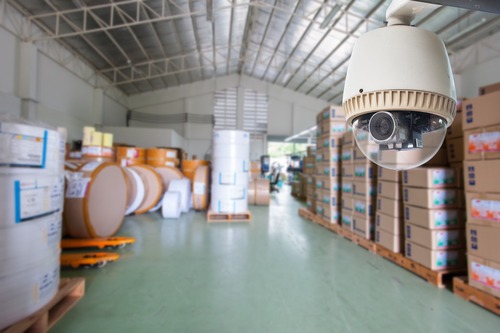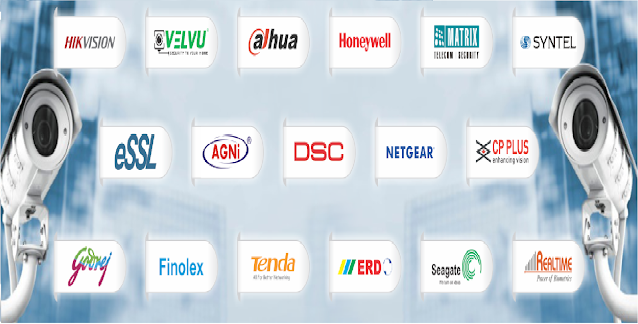Disadvantages of Wireless CCTV Camera
Wireless CCTV systems utilize wireless transmitters from the camera to the receiver to avoid having to run wires. The ability to transmit video signals without wires can be very convenient for many locations which have limited access or ability to run wires. Wireless technology is developing at a fast pace, but there are problems with it that you might not know about. Wireless in security gives you an opportunity to place cameras just about anywhere you want. They're not limited on where to place them because of other connecting wires that run into your home or business. The problem is that all of them work on a battery backup that has to be recharged on a regular basis. The hassle of recharging and putting the batteries back in, scare off most people from ever wanting to invest in a wireless camera like this, so if you've got the time or someone else to do it, it's a flexible option.
The problem you might find is that if there are any obstructions, it will weaken the signal, and you won't be able to view what it captures. At times though the signal will be enough to catch blurry images and jumpy screen shots of what's being transmitted. You'll have to contend with walls, crevices, and even weather when trying to get clear signals all of the time for security. Don't forget either that you'll have to work around any permanent objects in the way of transmission too, such as trees or utility poles for a home or business security camera. Installation of a wireless security system requires someone that's trained in the cameras and receivers, and knows the latest tips and tricks on getting one to work properly too. Expect then that your cost will increase with not only installation, but fine tuning it to work properly.
Wireless camera may not provide the best picture quality as such systems are susceptible to picture distortion while wired cameras provide relatively better picture quality. Wireless CCTV cameras may need electric power which implies a wire runs through the camera though the video connection is wireless. Wireless systems require wireless technology-specific expertise to diagnose and fix break downs in the system.
Most wireless CCTV systems are on the 2.4 GHz frequency band which is crowded with tons of other devices ranging from wireless. PCs to cordless phones. This makes for possible interference with the reception of the video signal. Weather events such as rain, snow, and even wind can wreak havoc with wireless signals. Terrain features such as hills, buildings, and walls can reduce signal strength. Limited focal length lens availability. The transmitter adds cost and bulk to the camera, so most manufacturers of consumer wireless cameras only offer them with a standard wide angle lens. If you want a varifocal or longer focal length lens, you may be out of luck. Anyone with a 2.4 GHz video receiver can possibly pick up your video signal from that wireless camera used in your home. The manufacturers don't really have a standardized encryption for most consumer wireless security cameras.
Wireless CCTV camera systems have a very high 'coolness' factor. A wireless system provides the solution to the problem of signal transmission. Wireless systems require a dedicated frequency to transmit signals from the camera to the receiving and recording station. Frequencies may be subject to various interruptions by use of electric motored products, air conditioning, fluorescent lighting or cordless telephones which affect the picture quality.
Star Tech Provide All Brand WIFI CCTV Cameras
|
·
Star Tech Ezviz 2MP Outdoor Smart
WiFi Night Vision Camera |
|
·
Star Tech Ezviz 2MP Outdoor Smart
WiFi Color Night Vision Camera |




Comments
Post a Comment